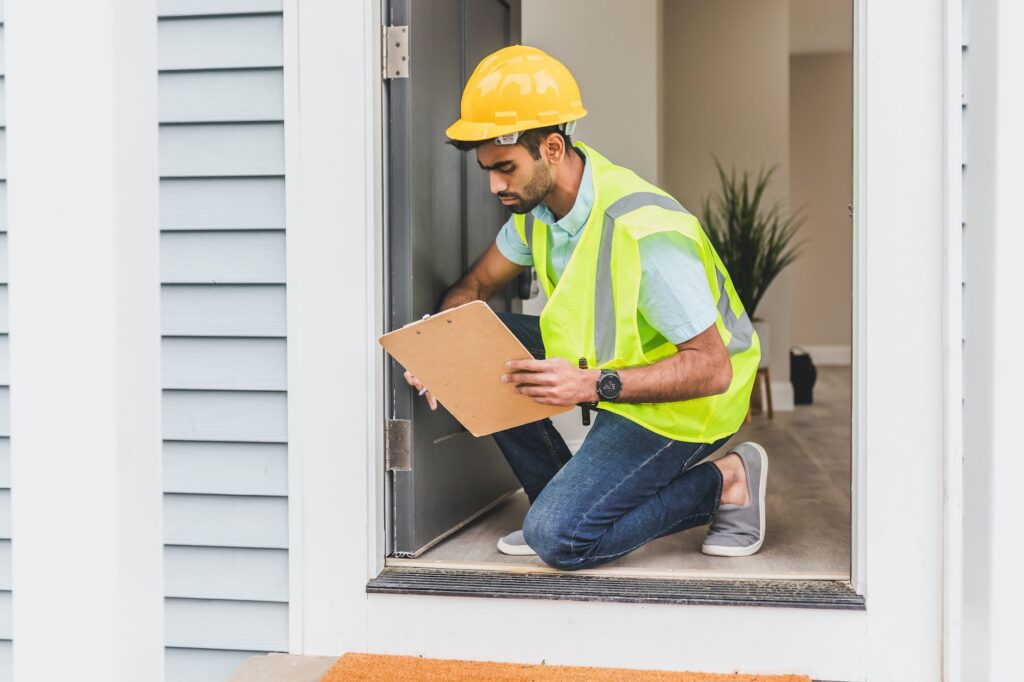
Workplace Safety Quiz: Test Your Knowledge About Safety Practices
Workplace Safety Quiz : In today’s fast-paced work environment, ensuring the safety of employees is of paramount importance. Workplace safety not only protects the well-being of workers but also contributes to enhanced productivity and overall business success. To gauge your understanding of workplace safety practices, take this engaging quiz and discover where you stand when it comes to creating a secure and hazard-free work environment.
Introduction
In the dynamic landscape of modern workplaces, prioritizing safety isn’t just a moral duty but a legal requirement. As businesses strive for excellence, employee well-being takes center stage, making a comprehensive understanding of workplace safety indispensable.
The Significance of Workplace Safety
Workplace safety isn’t just about avoiding accidents; it’s about creating an environment where employees can thrive without fearing for their well-being. A safe workplace boosts morale, enhances productivity, and reduces turnover rates.
Common Workplace Hazards
From slippery floors to faulty machinery, workplace hazards come in various forms. Understanding and identifying these risks is the first step towards effective prevention.
Understanding Safety Regulations
OSHA Guidelines
The Occupational Safety and Health Administration (OSHA) sets the gold standard for workplace safety regulations. OSHA’s guidelines encompass a wide array of industries and provide actionable insights to maintain a secure work environment.
Industry-Specific Regulations
In addition to OSHA, many industries have their own set of safety regulations tailored to their unique challenges. Staying compliant with these regulations is crucial for a hazard-free workplace.
The Role of Employers and Employees
Ensuring safety is a collective effort. While employers are responsible for providing training and resources, employees must actively follow safety protocols and report any potential hazards.
Personal Protective Equipment
Types of PPE
Personal Protective Equipment, or PPE, is the armor that shields workers from harm. Helmets, gloves, goggles, and more – each serves a unique purpose in safeguarding against potential dangers.
Proper Usage
Equipping the right PPE is essential, but using it correctly is equally vital. Training employees on how to wear and maintain their protective gear can prevent accidents.
Emergency Preparedness and Response
Knowing what to do in emergencies can make all the difference. From fire safety procedures to first aid knowledge, being prepared can save lives.
Fire Safety
Fire drills, fire extinguishers, and evacuation plans are critical components of fire safety. Regular practice ensures everyone knows what to do in case of a fire.
First Aid Procedures
Basic first aid knowledge is invaluable. Training employees to provide initial medical assistance can minimize the impact of injuries.
Evacuation Plans
Having a clear evacuation plan in place guarantees a swift and organized exit in case of emergencies.
Ergonomics and Well-being
Importance of Ergonomics
Ergonomics focuses on optimizing the work environment to enhance comfort and productivity. Well-designed workstations reduce strain and fatigue.
Creating Comfortable Workstations
Proper desk setup, ergonomic chairs, and regular breaks contribute to a healthier and happier workforce.
Chemical Handling and Storage
Chemicals can pose serious threats if mishandled. Proper storage, labeling, and handling are essential to prevent accidents.
Identifying Hazardous Substances
Educating employees about the chemicals they work with enables them to take precautions and respond appropriately.
Safe Storage Practices
Segregating and storing chemicals according to compatibility minimizes the risk of accidental reactions.
Machinery and Equipment Safety
Training and Certification
Only trained and certified employees should operate machinery. Rigorous training ensures competence and reduces the likelihood of accidents.
Routine Maintenance
Regular equipment maintenance not only prolongs machinery life but also prevents sudden breakdowns that could lead to accidents.
Preventing Slips, Trips, and Falls
Simple slips and trips can result in serious injuries. Keeping walkways clear, using anti-slip mats, and installing warning signs can prevent such mishaps.
Mental Health Awareness at Work
Recognizing Stress Factors
Mental health is as vital as physical well-being. Identifying workplace stressors allows for targeted interventions.
Fostering a Supportive Environment
Promoting open conversations about mental health reduces stigma and encourages employees to seek help when needed.
Quiz: Test Your Workplace Safety Knowledge
Put your knowledge to the test with our interactive quiz! Answer multiple-choice, true or false, and scenario-based questions to evaluate your grasp of workplace safety.
The Importance of Continuous Learning
Workplace safety is an evolving field. Regular training and staying updated with the latest safety trends are essential for creating a secure work environment.
Conclusion
Prioritizing workplace safety isn’t just a responsibility; it’s an investment in a healthier, happier, and more productive workforce. By implementing the best safety practices, businesses ensure their employees return home safe every day.
FAQs
1. How often should workplace safety training be conducted?
Workplace safety training should be conducted at least annually, with additional sessions for new employees or when new hazards are introduced.
2. Are employers required to provide personal protective equipment?
Yes, employers are legally obligated to provide the necessary personal protective equipment (PPE) to employees free of charge.
3. What should I do if I notice a safety hazard at work?
If you identify a safety hazard at work, report it to your supervisor or safety officer immediately to ensure swift corrective action.
4. Can mental health issues really affect workplace safety?
Absolutely. Mental health issues can lead to decreased concentration and heightened stress, which in turn can contribute to accidents.
5. How can I encourage my coworkers to take workplace safety seriously?
Lead by example. Follow safety protocols diligently, engage in safety discussions, and highlight the positive impact of safety on overall work quality and well-being.
























